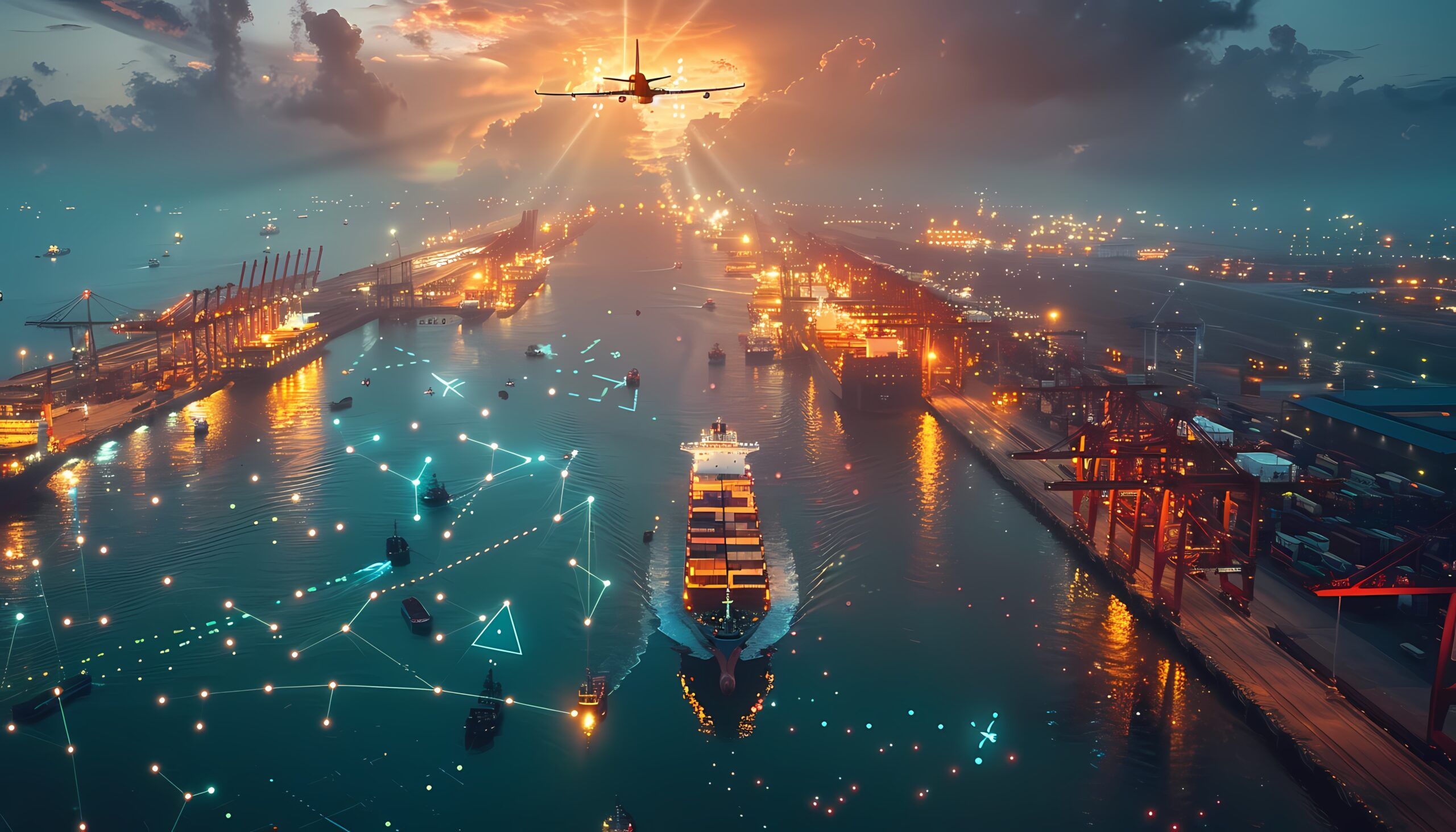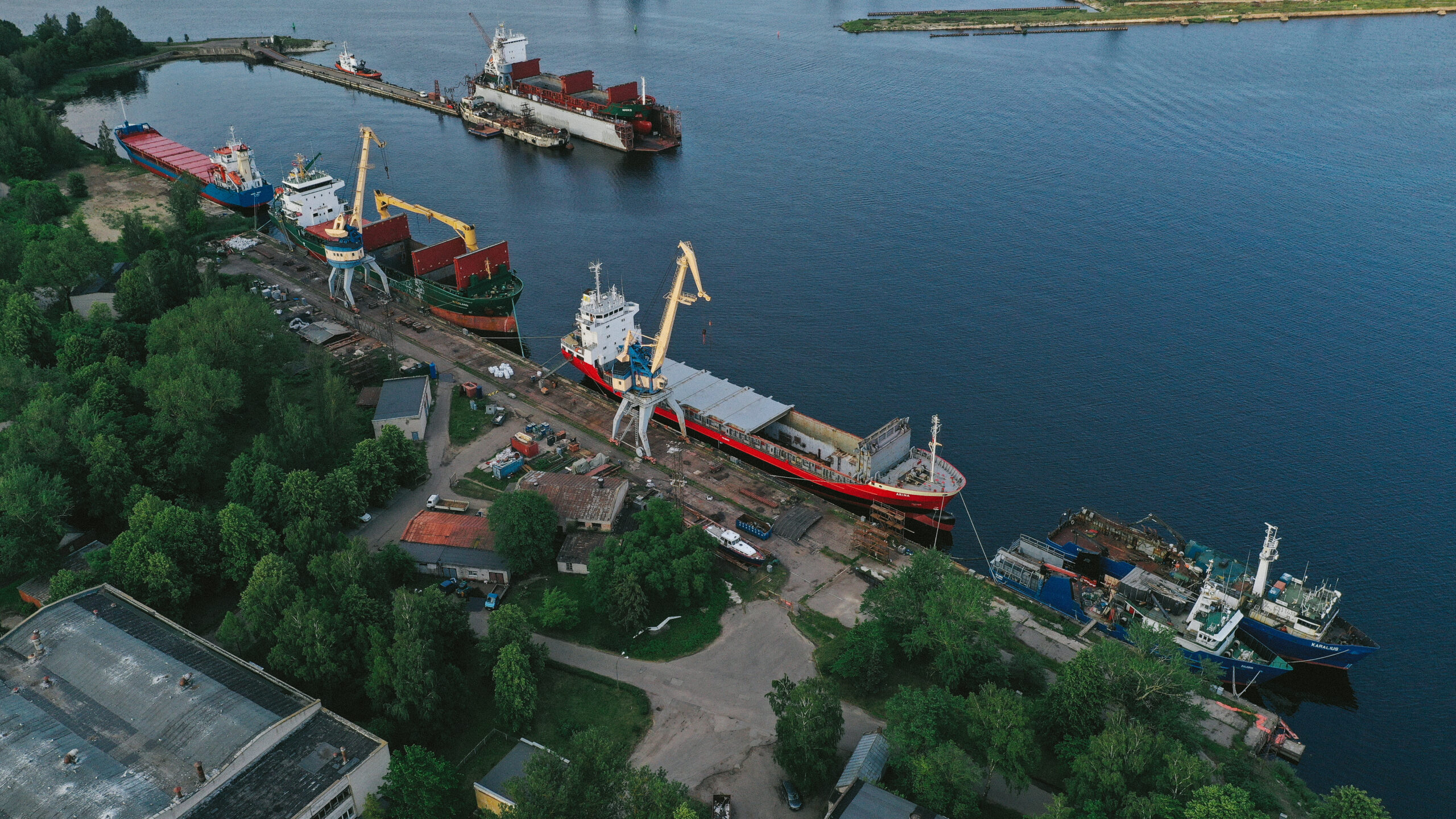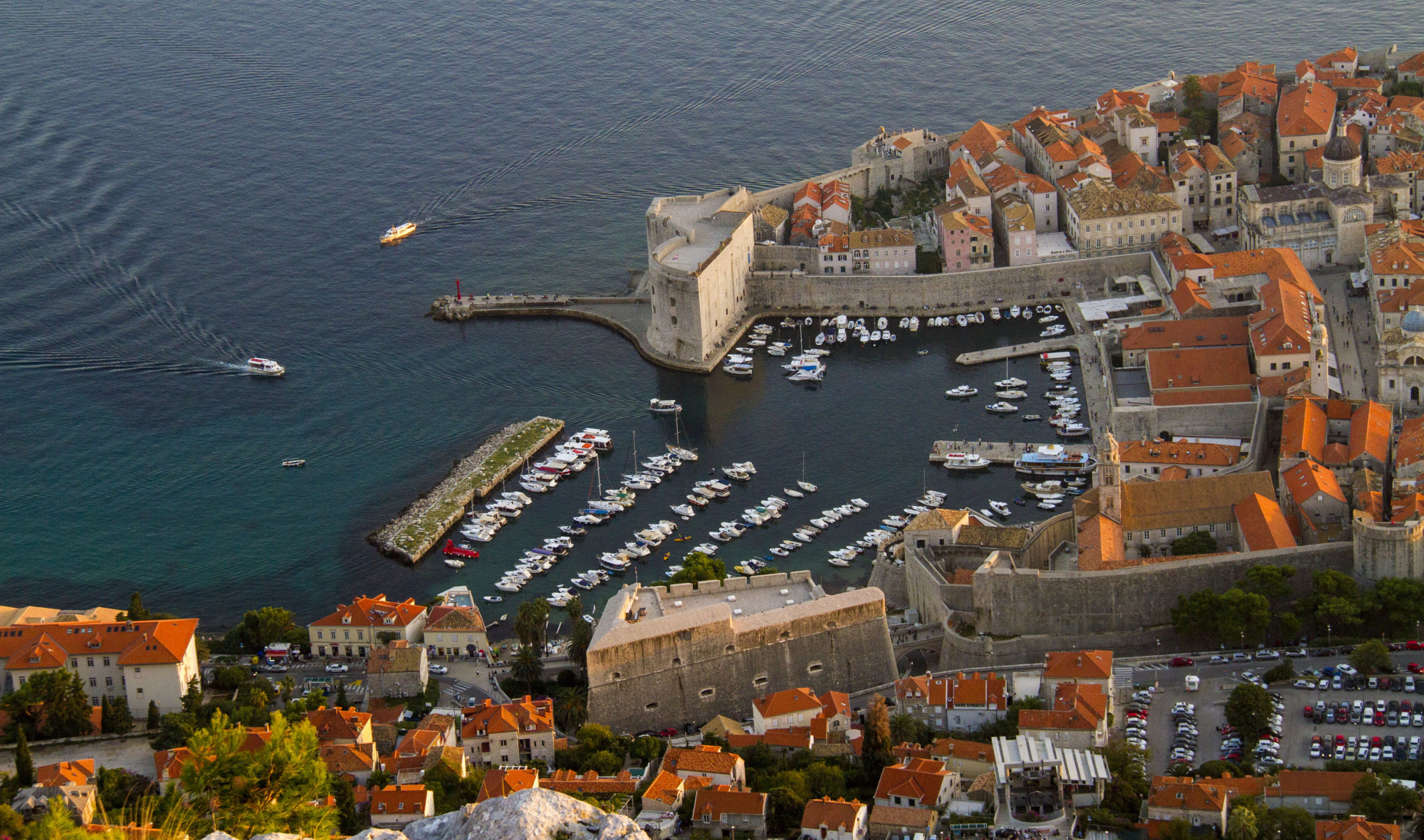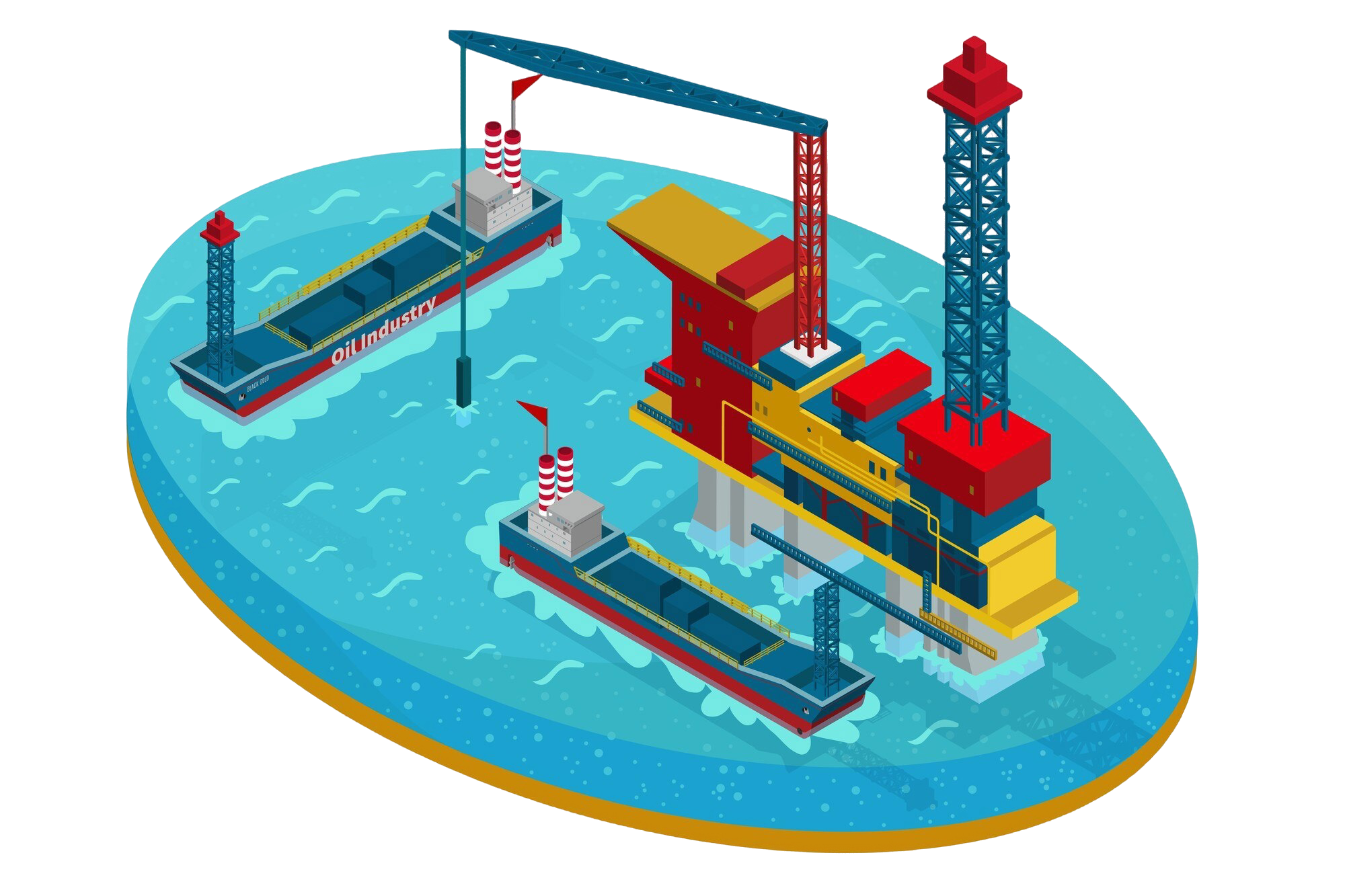5 Maritime Technologies 1450-1700 Europe revolutionized seafaring and shaped the era of global exploration. During this transformative period, tools like the astrolabe and the magnetic compass improved navigation accuracy, while innovations like the caravel enhanced shipbuilding for long voyages.
Advances in cartography provided precise maps, and naval artillery redefined naval warfare. These breakthroughs expanded trade routes and cultural exchanges and strengthened Europe’s maritime dominance. By making sea travel safer and more efficient, these technologies laid the foundation for the Age of Exploration and reshaped world history.
5 Maritime Technologies 1450–1700 Europe
The Astrolabe in Maritime Technologies 1450–1700 Europe
The astrolabe was a revolutionary tool that transformed European maritime navigation between 1450 and 1700. It allowed sailors to calculate their latitude by measuring the altitude of celestial bodies. This device made long distance voyages more precise, reducing the risks of becoming lost at sea. As a cornerstone of maritime technology, the astrolabe played a key role in the success of European explorers during the Age of Exploration.
Magnetic Compass in Maritime Technologies 1450–1700 Europe
The magnetic compass was one of Europe’s most impactful innovations in 5 maritime technology from 1450 to 1700. It enabled voyages even in poor visibility or bad weather by providing sailors with a reliable way to determine direction. This invention ensured safer and more accurate navigation, opening up new opportunities for trade, exploration, and global expansion.
The Caravel in Maritime Technologies 1450–1700 Europe
The caravel was a groundbreaking advancement in 1450–1700 Europe that redefined shipbuilding. With its lightweight design, triangular sails, and ability to sail against the wind, it became the preferred vessel for explorers. This ship revolutionized maritime technologies by allowing longer, faster, and more efficient voyages, contributing to Europe’s dominance in global exploration.
Advanced Cartography in Maritime Technologies 1450–1700 Europe
Advanced cartography was vital to European maritime technology from 1450 to 1700. It enabled the creation of highly detailed maps, which improved the planning of sea routes and reduced the risk of navigation errors. With the development of cartographic techniques, explorers could chart new territories and connect distant lands, boosting trade and cultural exchange across continents.
Nav/al Artillery in Maritime Technologies 1450–1700 Europe
The introduction of naval artillery marked a significant milestone in Europe’s five maritime technologies from 1450 to 1700. Powerful cannons were installed on ships, giving them a strategic advantage in naval battles. This innovation enhanced the security of voyages and helped European nations establish maritime dominance, secure trade routes, and expand their empires.
The Astrolabe: Pioneering Navigation
The astrolabe was one of the most significant tools in maritime technologies during 1450 1700 Europe, revolutionizing sea exploration. Designed for celestial navigation, this intricate instrument helped sailors determine latitude and measure the altitude of stars.
Its precision enabled European explorers like Vasco da Gama to embark on long distance sea voyages during the Age of Discovery. The astrolabe improved navigation and laid the foundation for advanced maritime practices, contributing to Europe’s dominance in global exploration.
Definition and Description of the Astrolabe
The astrolabe was a sophisticated navigation tool used in European maritime technologies from 1450 to 1700. It consisted of a circular frame, rotating components, and engraved celestial maps; the device was specifically designed for observing and measuring celestial bodies. Mariners used it to locate their position by aligning the instrument with stars or the Sun.
Its lightweight and portable structure made it an essential companion for sailors exploring vast and uncharted seas. The astrolabe bridged the gap between ancient astronomical knowledge and practical navigation, solidifying its place as a revolutionary tool.
Historical Background: From Ancient Civilizations to Europe
The origins of the astrolabe date back to ancient civilizations, including the Greeks and Arabs, who first conceptualized the device. However, during 1450 1700 in Europe, the astrolabe reached its peak refinement.
Inspired by Islamic astronomical advancements, European navigators adapted and improved the maritime use tool. During the 15th century, the astrolabe became indispensable as sea exploration became central to Europe’s ambitions. Its introduction marked a turning point in maritime technologies, providing explorers with a reliable way to navigate open waters during the Age of Discovery.
Functionality: Precision in Navigation
The astrolabe’s primary function was to measure the altitude of celestial bodies, such as the Sun and stars, to calculate latitude. Navigators used the device by aligning its rotating parts with specific stars and reading the engraved scales.
This method allowed sailors to accurately determine their position, even in the vastness of the open ocean. By integrating astronomy with navigation, the astrolabe ensured precision, making it one of the most advanced maritime technologies in 1450 1700 Europe. This precision reduced the risks of getting lost and allowed European ships to undertake longer and more ambitious voyages.
Impact on Exploration: Driving the Age of Discovery
The astrolabe played an instrumental role in the success of European exploration during the Age of Discovery. It enabled navigators like Vasco da Gama to chart previously unreachable routes, connecting Europe to Asia, Africa, and the Americas.
By providing reliable navigation techniques, the astrolabe revolutionized long distance sea travel. Its widespread use among European explorers contributed to the global exchange of goods, ideas, and cultures. This vital tool in maritime technologies during 1450-1700 Europe advanced navigation and paved the way for Europe’s rise as a global power.
The Caravel: Revolutionizing Ship Design
The caravel, a groundbreaking maritime innovation, was one of the 5 naval technologies 1450 1700 Europe relied on for global exploration. This agile and efficient ship, designed in Portugal during the 15th century, transformed sea travel with unique features.
Lightweight yet sturdy, the caravel’s triangular sails enabled it to navigate against the wind, making it indispensable for long voyages. It became the backbone of significant expeditions, extending Europe’s reach to Africa, Asia, and the Americas. Its speed and maneuverability redefined maritime exploration during the Age of Discovery.
Definition and Description
The Caravel was a revolutionary vessel characterized by its triangular lateen sails, lightweight structure, and ability to adapt to varying sea conditions. Unlike larger ships, the Caravel combined agility with durability, making it suitable for exploring uncharted waters.
Its compact size allowed it to enter shallow coastal regions, while its advanced sail design improved windward sailing. As one of the key 5 maritime technologies of 1450-1700 Europe, the Caravel was instrumental in overcoming the limitations of earlier ships, paving the way for groundbreaking discoveries.
Historical Background
The caravel was developed in Portugal during the 15th century, a period marked by a surge in maritime exploration. Prince Henry the Navigator, a key figure in European exploration, championed its development to support voyages along the African coast. By the late 1400s, the caravel was refined to meet the demands of long expeditions.
This ship played a pivotal role in the successes of Portuguese explorers, including Bartolomeu Dias, who used it to sail around the Cape of Good Hope, a feat that opened trade routes to Asia. Among the 5 maritime technologies from 1450 1700 Europe, the caravel stands out for its historical significance and innovative design.
Advantages of the Caravel
The caravel offered several advantages that set it apart from other ships of its time. Its exceptional speed and maneuverability allowed explorers to cover vast distances more efficiently. The triangular sails enabled the caravel to sail against the wind, a critical feature for navigating unpredictable oceanic routes.
Additionally, its lightweight build reduced the strain on crew members, making long journeys more feasible. As one of the essential 5 maritime technologies of 1450-1700 Europe, the caravel revolutionized how explorers approached open sea navigation challenges.
Impact on Exploration
The caravel’s influence on global exploration cannot be overstated. It was the ship of choice for Prince Henry the Navigator, who spearheaded Portugal’s maritime dominance. Bartolomeu Dias used a caravel to reach the Cape of Good Hope, proving the feasibility of a sea route to India.
Later, caravels played a critical role in the voyages of Vasco da Gama and Christopher Columbus, facilitating the discovery of new lands in Africa, Asia, and the Americas. This ship, a cornerstone of the 5 maritime technologies of 1450 1700 Europe, expanded trade, cultural exchange, and colonial influence, shaping the modern world.
The Magnetic Compass: Revolutionizing Navigation
The magnetic compass was one of 5 maritime technologies that transformed European navigation from 1450 to 1700. It enabled sailors to determine direction at sea, even during poor weather or at night, when celestial navigation was impossible.
This simple yet groundbreaking tool played a key role in Europe’s Age of Exploration, allowing explorers like Ferdinand Magellan and John Cabot to embark on global voyages with confidence and precision. Its adoption revolutionized maritime exploration, paving the way for discovering new trade routes and territories.
Definition and Description of the Magnetic Compass
The magnetic compass is a navigational instrument that uses Earth’s magnetic field to point toward the magnetic north. Among the 5 maritime technologies from 1450–1700 in Europe, the magnetic compass stood out for its practical simplicity and reliability.
Before its widespread use, sailors relied on celestial bodies, which limited their ability to navigate during overcast skies or nighttime. The compass provided a dependable solution, making it indispensable for open sea navigation and long distance voyages. Its introduction into European navigation marked a turning point in maritime history.
Historical Background of the Magnetic Compass
The magnetic compass originated in ancient China, initially used for divination and later adapted for navigation. By the 13th century, this remarkable tool had reached Europe, where it became integral to the burgeoning maritime advancements of the time.
Between 1450 and 1700, known as the Age of Exploration, the compass was one of the 5 naval technologies that revolutionized European navigation. Its adoption allowed European explorers to chart unfamiliar waters and facilitated the expansion of global trade networks, marking the dawn of a new era in exploration.
Functionality of the Magnetic Compass
The magnetic compass aligns a magnetized needle with Earth’s magnetic field, always pointing toward the magnetic north. This reliable mechanism enabled sailors to navigate even in adverse conditions like fog, storms, or nighttime.
Among the 5 maritime technologies from 1450–1700 in Europe, the compass was instrumental in improving the planning and execution of voyages. It enabled navigators to chart courses accurately, reducing the risks associated with long distance travel and ensuring more successful expeditions.
Impact on Exploration
The magnetic compass profoundly impacted global exploration during the Age of Discovery. It was vital to the success of prominent explorers such as Ferdinand Magellan, who completed the first circumnavigation of the globe, and John Cabot, who explored parts of North America.
From 1450 to 1700, the compass was one of Europe’s 5 maritime technologies. From 1450 to 1700, the compass allowed explorers to venture into uncharted waters precisely and confidently. This breakthrough facilitated the discovery of new continents, trade routes, and cultural exchanges, fundamentally reshaping the world.
Advanced Cartography: Mapping the World
Advanced cartography revolutionized how 15th to 17th century Europe approached navigation and exploration. This transformative period introduced techniques and innovations that shaped map making, from the Mercator projection to precise instruments like the cross staff.
Between 1450 and 1700, maritime technologies significantly advanced, enabling the creation of accurate maps that guided explorers across uncharted seas. These advancements supported European expansion and reshaped global exploration efforts. Let’s explore the evolution of cartography during this crucial era.
Definition and Description of Advanced Cartography
Advanced cartography is the sophisticated European map making method developed between 1450 and 1700. These advancements included innovations like the Mercator projection, which revolutionized how distances and directions were represented on maps. 5 maritime technologies, such as the astrolabe, compass, and backstaff, enabled more precise geographical measurements during this period.
This era marked the transition from rudimentary sketches to detailed, reliable maps that became indispensable for navigation and exploration. Cartography evolved into a scientific discipline by aligning theoretical knowledge with practical tools, laying the groundwork for modern map making.
Historical Background: Cartography in Europe (1450-1700)
The evolution of cartographic techniques in 1450 1700 Europe was driven by a surge in maritime exploration and the need for reliable navigation tools. The Renaissance sparked an intellectual curiosity that extended to geography and navigation, encouraging map making refinement.
During this period, 5 maritime technologies, such as the sextant and magnetic compass, were integrated with mapping practices, enabling cartographers to produce more accurate depictions of coastlines and trade routes. The Mercator projection, introduced by Gerardus Mercator in 1569, was one of the most impactful advancements. It provided sailors with a consistent method for plotting courses, boosting European ambitions for global exploration and colonization.
Techniques and Tools of Advanced Cartography
The tools and techniques developed during the 15th to 17th centuries laid the foundation for modern cartography. Instruments such as the cross staff and backstaff were used to measure the angles of celestial bodies, allowing sailors to determine their latitude with precision.
These tools were complemented by advancements in astronomical knowledge and mathematics, further enhancing map accuracy. The introduction of the printing press enabled the widespread distribution of maps, making them accessible to navigators and explorers.
Among the 5 maritime technologies of the time, innovations like the astrolabe and quadrant were pivotal, ensuring detailed and consistent cartographic records that guided explorers through uncharted waters.
Impact on Exploration and European Expansion
Advanced cartography was crucial in European exploration between 1450 and 1700, providing navigators with the tools they needed to venture into unknown territories. Reliable maps empowered sailors to chart safer and more efficient routes, reducing the risks associated with maritime voyages.
Combining 5 maritime technologies and cartographic innovations allowed explorers like Vasco da Gama and Christopher Columbus to achieve their historic feats. Furthermore, detailed maps facilitated European colonial expansion by identifying new trade opportunities and resources.
This period transformed navigation and reshaped global geopolitics, solidifying Europe’s dominance in world affairs.
Naval Artillery: Securing Maritime Supremacy
Naval artillery, a critical component of maritime technologies between 1450 and 1700 in Europe, revolutionized naval warfare. The development of ship mounted cannons during this period empowered European nations to secure dominance over the seas. This innovation allowed for defense against threats, the protection of trade routes, and the establishing of European supremacy in global trade and exploration.
Definition and Description: Naval Artillery as Maritime Technology
Naval artillery refers to developing large caliber guns mounted on ships designed to deliver powerful cannon fire. Between 1450 and 1700, European nations advanced this technology, significantly changing maritime warfare. The introduction of ship mounted cannons made naval ships formidable combat platforms capable of engaging in long range battles.
These innovations were central to the 5 major maritime technologies that emerged in Europe during this period, including improved ship designs, navigation tools, gunpowder artillery, and enhanced shipbuilding techniques. Naval artillery became the backbone of European naval fleets, providing superior offensive and defensive capabilities on the seas.
Historical Background: Evolution of Naval Cannons
The evolution of naval cannons during the 1450 1700 period was a game changer for Europe. Before the 15th century, maritime combat was primarily focused on boarding and hand to hand combat. However, as European nations began to explore and expand their empires, there was a pressing need for more advanced weaponry.
By the mid 15th century, the first ship mounted cannons were introduced, drastically altering how naval battles were fought. Initially, these guns were small and rudimentary. Still, they grew in size and sophistication over time, developing heavier, more powerful cannons capable of sinking enemy ships or causing severe damage.
This period of technological advancement coincided with Europe’s increasing dominance in global exploration and trade as European powers raced to establish empires worldwide. Thus, the evolution of naval artillery marked a pivotal point in the dominance of European nations, helping them secure maritime supremacy and outpace rival empires.
Types and Strategies: Naval Artillery in Defense and Attack
Naval artillery was vital in defense and attack strategies from 1450 to 1700. Ships with powerful cannons were primarily used to defend coastlines and protect critical trade routes. Naval battles became a game of firepower, with artillery deployed to destroy enemy ships from a distance. Artillery’s role extended beyond warfare; it was also crucial for controlling sea lanes, which were key to Europe’s expansion of trade networks and securing colonies.
Regarding attack, naval artillery enabled European ships to engage enemies in open water, delivering devastating blows to larger fleets or fortified ports. Integrating cannons into naval tactics led to new battle strategies, including “broadside” fire, where ships would line up alongside each other to maximize cannon fire. These strategies became standard in naval warfare, ensuring Europe’s dominance over the seas and protecting their expanding empires.
Impact on Exploration and Trade: Securing Europe’s Global Influence
Naval artillery profoundly impacted Europe’s exploration and trade, which was crucial in protecting merchant fleets and colonies. The ability to defend ships carrying valuable goods, such as spices, gold, and other resources, ensured the safe passage of goods across the oceans.
European maritime powers such as Spain, Portugal, England, and the Netherlands used naval artillery to control key trade routes and fend off pirates and rival nations.
FAQs:
Q1. What are the five big maritime technologies helped make the European Age of Exploration (1450-1750) possible?
From 1450 to 1700, Europe’s 5 maritime technologies were the astrolabe, the caravel, the magnetic compass, advanced cartography, and naval artillery. These innovations improved navigation, shipbuilding, and military capabilities, enabling European powers to explore and dominate new territories.
Q2. What were the 5 European maritime empires?
The 5 maritime technologies 1450-1700 Europe contributed significantly to the rise of naval empires, including the Spanish, Portuguese, British, Dutch, and French, each expanding their influence through naval power and technological advancements.
Q3. What were the technological innovations in Europe from 1450 to 1750?
During this period, the 5 maritime technologies of 1450-1700 Europe like the astrolabe, caravel, compass, advanced cartography, and naval artillery transformed navigation and trade, facilitating European exploration and expansion.
Q4. How were the maritime empires of European states established between 1450 to 1750?
The 5 Maritime Technologies 1450-1700 Europe played a key role in establishing maritime empires by enabling European states to navigate the seas efficiently, build faster ships, and secure trade routes worldwide.
Q5. What was the maritime empire in 1450-1750?
The maritime empire between 1450-1750 was driven by the 5 maritime technologies of 1450-1700 Europe, which allowed European powers to expand their global influence through exploration, colonization, and trade.
Q6. What happened in Europe from 1450 to 1750?
From 1450 to 1750, European nations used the 5 maritime technologies 1450 1700 Europe to dominate global exploration, establish colonies, and create powerful maritime empires that reshaped world trade and culture.
Q7. What was the French maritime empire from 1450 to 1750?
The French maritime empire from 1450 to 1750 grew with the help of the 5 naval technologies from 1450 to 1700 Europe, which allowed France to expand its navy and establish colonial holdings across the Americas, Africa, and Asia.
Q8. How did states impact the expansion of maritime exploration from 1450 to 1750 CE?
States provided funding, protection, and resources, while the 5 maritime technologies 1450-1700 Europe enhanced the effectiveness of their exploration, enabling European powers to conquer and colonize distant lands.
Q9. What were the changes between 1450 and 1750?
Between 1450 and 1750, European exploration advanced due to the 5 maritime technologies of 1450-1700 Europe, transforming global trade, warfare, and cultural exchanges by boosting naval capabilities.
Q10. What were the new technologies of the 1450-1750 time period?
The 5 maritime technologies of 1450-1700 Europe the astrolabe, magnetic compass, caravel, cartography improvements, and naval artillery were key to the technological advancements that drove European exploration during this period.
Q11. What is the period from about 1450 to 1700 known as?
The period from 1450 to 1700 is known for the emergence of the 5 maritime technologies in 1450-1700 Europe, which played a vital role in the Age of Exploration and the rise of European maritime empires.
Q12. What were the five most important events, trends, or developments from 1450 to 1648?
The 5 maritime technologies in 1450-1700 Europe, including advancements in navigation and shipbuilding, were crucial to the key events and trends that defined this period, such as the expansion of European empires and global trade.
Q13. What five maritime empires began expanding during the Age of Exploration?
The 5 maritime technologies in 1450-1700 Europe were central to expanding the Spanish, Portuguese, Dutch, British, and French naval empires, each dominating global exploration and trade routes.
Q14. What happened in the 1700s?
In the 1700s, the influence of the 5 maritime technologies 1450-1700 Europe continued, with innovations in navigation, shipbuilding, and warfare supporting European dominance over global trade and colonization.
Q15. What are some historical developments from 1450 to 1750?
The 5 maritime technologies developed between 1450 and 1700 in Europe were essential development that enabled European states to explore, trade, and establish empires, changing the course of history.
Q16. What were the sea based empires from 1450 to 1750?
From 1450 to 1700, the 5 maritime technologies powered European sea based empires, including the Spanish, Portuguese, Dutch, British, and French. These technologies enable them to establish naval supremacy and global empires.
Q17. What were the cultural developments in 1450-1750?
From 1450 to 1700, European maritime technologies and Cultural Exchanges between Europe, Africa, Asia, and the Americas influenced art, philosophy, and trade.
Q18. What caused European exploration and expansion from 1450-1750?
The rise of the 5 maritime technologies in Europe between 1450 and 1700, along with economic and political motivations, led to European exploration and the expansion of trade and colonies worldwide.
Q19. What is European maritime exploration?
European maritime exploration from 1450-1700 was propelled by the five. Maritime technologies, 1450-1700 Europe, allowed European nations to navigate and dominate new trade routes and territories.
Q20. What technology allowed European exploration?
5 maritime technologies, including the compass, astrolabe, and caravel, developed between 1450 and 1700, which were among Europe’s key innovations. These technologies enabled Europeans to explore and navigate the world during the Age of Exploration.
Q21. What idea was introduced in Europe between 1450 and 1750?
The idea of global exploration was fueled by the 5 maritime technologies developed between 1450 and 1700 in Europe, which provided Europeans with the tools needed to expand their international reach.
Q22. What technology helped Europeans create their maritime empires?
The 5 maritime technologies of 1450-1700 Europe, such as advanced shipbuilding techniques, navigation tools, and artillery, enabled Europeans to establish and protect their naval empires.
Q23. What specific states supported maritime exploration from 1450 to 1750?
Portugal, Spain, France, England, and the Netherlands were key states that advanced maritime exploration, utilizing the 5 maritime technologies from 1450-1700 Europe to expand their empires.
Q24. What are the 5 maritime empires?
The 5 maritime technologies of 1450-1700 Europe played a critical role in the rise of the 5 major naval empires: the Spanish, Portuguese, Dutch, British, and French. Each empire influenced global exploration and trade.
Conclusion:
The 5 Maritime Technologies developed between 1450 and 1700 in Europe played a crucial role in shaping the Age of Exploration and the global influence of European powers. The astrolabe, magnetic compass, caravel, advanced cartography, and naval artillery contributed to more accurate navigation, efficient shipbuilding, and enhanced military capabilities.
These innovations made long distance voyages possible and facilitated the establishment of European maritime empires. The development and use of these 5 maritime technologies in 1450 and 1700 in Europe were key to expanding trade networks, securing colonies, and ultimately transforming global history.




